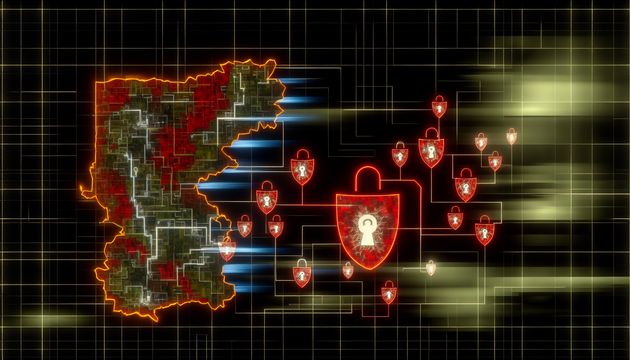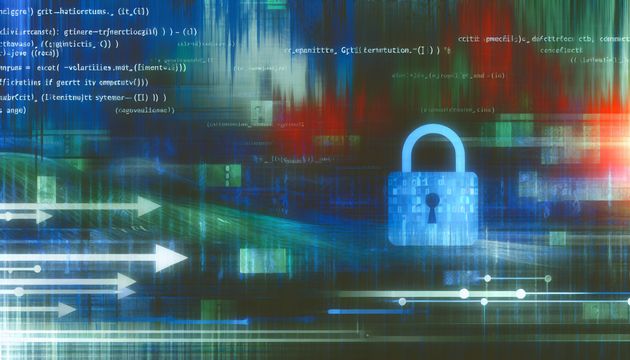
Understanding the CVE-2025-31324 Vulnerability in SAP NetWeaver Servers
The recent identification of a critical vulnerability, CVE-2025-31324, in SAP NetWeaver servers has raised significant concerns within the cybersecurity community. This flaw, which primarily affects the SAP NetWeaver Visual Composer, allows for unauthorized file uploads that can lead to remote code execution (RCE) on compromised systems. In simpler terms, this means attackers can potentially take control of a system without needing to log in. The vulnerability was first discovered by ReliaQuest, who reported its active exploitation by Chinese hackers (BleepingComputer). These attackers have been exploiting the flaw since early 2025, using advanced techniques such as uploading malicious web shells and employing the Brute Ratel tool to maintain control over affected systems. This breach underscores the urgent need for organizations to apply SAP’s emergency patch and strengthen their security measures to defend against such sophisticated threats.
Overview of the Vulnerability
CVE-2025-31324: The Core of the Threat
CVE-2025-31324 is a high-severity vulnerability affecting SAP NetWeaver Visual Composer. It allows attackers to upload harmful files without authentication, potentially leading to full system compromise. This vulnerability is particularly dangerous because it enables attackers to execute commands on the system remotely, akin to having a master key to the server. ReliaQuest first detected this flaw and noted its active exploitation in the wild (BleepingComputer).
Exploitation Timeline and Discovery
The exploitation of CVE-2025-31324 began as early as mid-March 2025, with initial reconnaissance and payload testing observed by Onapsis starting January 20, 2025. Documented exploitation attempts began on February 10, 2025, indicating a well-coordinated attack strategy by the threat actors, allowing them to exploit the vulnerability before it was widely known and patched (BleepingComputer).
Attack Vectors and Techniques
Attackers used several sophisticated techniques to exploit the vulnerability. They uploaded JSP web shells to public directories on compromised SAP NetWeaver servers, allowing persistent access and control. Additionally, the Brute Ratel tool was used during the post-exploitation phase, enhancing the attackers’ ability to manipulate and extract data from compromised servers (BleepingComputer).
Infrastructure and Tools Used by Attackers
The attackers deployed a range of tools and infrastructure, including a web-based reverse shell known as SuperShell, developed by a Chinese-speaking developer. This tool was part of a larger malicious infrastructure that included a network of servers hosting Supershell backdoors, often deployed on Chinese cloud providers like Alibaba and Tencent. This highlights the attackers’ sophistication and ability to leverage regional resources (BleepingComputer).
Impact and Mitigation Measures
The impact of CVE-2025-31324 is significant, with over 1,200 SAP NetWeaver servers identified as vulnerable. Of these, 474 instances were already compromised at the time of reporting. This vulnerability poses a substantial risk to organizations, especially those in the Fortune 500/Global 500 (BleepingComputer).
To mitigate this threat, SAP released an emergency patch on April 24, 2025. Organizations are urged to apply this patch immediately. SAP administrators should also restrict access to metadata uploader services, monitor for suspicious activity, and consider disabling the Visual Composer service if possible. These measures are critical to preventing further exploitation (BleepingComputer).
Ongoing Monitoring and Response
The Shadowserver Foundation is actively tracking 204 SAP NetWeaver servers exposed online and vulnerable to CVE-2025-31324 attacks. This ongoing monitoring is crucial for identifying and responding to new exploitation attempts. Organizations are encouraged to participate in threat intelligence sharing and collaborate with cybersecurity firms to enhance their defensive capabilities (BleepingComputer).
In summary, CVE-2025-31324 represents a significant threat to SAP NetWeaver servers, with widespread exploitation by Chinese threat actors. The use of advanced techniques and infrastructure underscores the need for robust security measures and proactive threat monitoring to safeguard against such attacks.
Final Thoughts
The exploitation of CVE-2025-31324 highlights the persistent threat posed by sophisticated cyber actors, particularly those backed by nation-states. The use of advanced tools and regional infrastructure by Chinese hackers to target SAP NetWeaver servers demonstrates a high level of coordination and capability. Organizations must remain vigilant, applying patches promptly and engaging in proactive threat monitoring to safeguard their systems. Collaborative efforts with cybersecurity firms and participation in threat intelligence sharing are crucial steps in defending against such complex attacks (BleepingComputer).
References
- BleepingComputer. (2025). Chinese hackers behind attacks targeting SAP NetWeaver servers. https://www.bleepingcomputer.com/news/security/chinese-hackers-behind-attacks-targeting-sap-netweaver-servers/



